Table of content
Stir-frying lamb is a culinary delight that combines the rich, earthy flavor of lamb with the quick-cooking technique that preserves its tenderness and juiciness. Whether you’re a seasoned chef or an enthusiastic home cook, mastering the art of stir-frying lamb can elevate your dishes to new heights. This comprehensive guide will walk you through the essential steps, tips, and tricks to ensure your stir-fried lamb is a success every time.
Understanding Lamb Quality
Before diving into the stir-frying process, it’s crucial to start with high-quality lamb. Look for meat that is fresh, with a bright red color and a firm texture. Lamb shoulder, leg, and rack can all be used for stir-frying, but the cuts should be thinly sliced to ensure even cooking. Trim any excess fat, as it can make the dish greasy. If you’re using frozen lamb, thaw it properly in the refrigerator to maintain its texture and flavor.
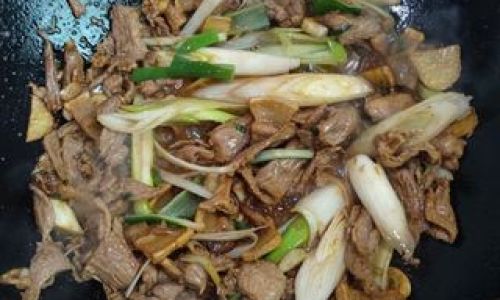
Preparation is Key
-
Slicing Technique: The thickness of the slices is critical. Aim for slices that are about 1/4 inch (6mm) thick. This ensures they cook quickly and evenly without becoming overdone. Use a sharp knife and cut against the grain of the meat to make the slices more tender.
-
Marinating: Marinating the lamb can add layers of flavor and tenderize the meat. A simple marinade of soy sauce, garlic, ginger, and a touch of honey or brown sugar can work wonders. Let the lamb sit in the marinade for at least 30 minutes, preferably in the refrigerator, to allow the flavors to penetrate deeply.
-
Aromatics and Vegetables: Prepare your aromatics (such as garlic, ginger, and scallions) and any vegetables you plan to stir-fry with the lamb. Bell peppers, snap peas, broccoli florets, and baby corn are all excellent choices. Cut them into bite-sized pieces to ensure they cook at the same rate as the lamb.
The Stir-Frying Process
Equipment Matters
- Wok or Large Skillet: A wok or a large, flat-bottomed skillet with high sides is ideal for stir-frying. It allows for even heat distribution and plenty of room for tossing the ingredients.
- High Heat: Stir-frying requires high heat to create the signature sear on the meat and vegetables, locking in juices and flavors.
- Oil: Use an oil with a high smoking point, such as peanut, vegetable, or grapeseed oil. This ensures the oil doesn’t break down and smoke before the food is cooked.
Steps to Success
-
Heat the Pan: Place your wok or skillet over high heat and add a couple of tablespoons of oil. Let it heat up until it’s almost smoking. This ensures that the lamb will sear immediately upon contact, locking in juices and flavor.
-
Sear the Lamb: Remove the lamb slices from the marinade, allowing any excess to drip off (reserve the marinade for later, if desired). Carefully place the slices in the hot pan, spreading them out in a single layer. Let them sear undisturbed for about 1-2 minutes on each side, or until they develop a nice brown crust. This step is crucial for creating a flavorful exterior and ensuring the lamb stays juicy inside.
-
Remove the Lamb: Once the lamb is seared, transfer it to a plate. This is a common technique called “setting aside” in stir-frying, which prevents the meat from overcooking while you cook the vegetables.
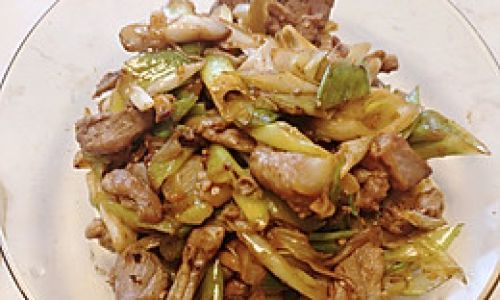
-
Stir-Fry the Aromatics and Vegetables: In the same pan, add a bit more oil if needed and stir-fry your aromatics (garlic, ginger) until fragrant, about 30 seconds. Then, add your vegetables and stir-fry them until they are tender-crisp, usually 3-5 minutes depending on the type and thickness. If using, pour in any reserved marinade at this stage to deglaze the pan and add extra flavor.
-
Combine and Finish: Return the seared lamb to the pan with the vegetables. Stir everything together gently but quickly, ensuring everything is heated through and well combined. If the dish seems dry, you can add a splash of broth or water, but be cautious not to over-moisten it. Season with salt, pepper, and any additional spices to taste.
-
Serve Hot: Stir-fried lamb should be served immediately while it’s hot and steaming. Garnish with chopped scallions, sesame seeds, or a drizzle of chili oil for added flavor and presentation.
Tips for Perfect Stir-Fried Lamb
- Don’t Crowd the Pan: Overcrowding the pan will lower the temperature and steam the food rather than sear it. If necessary, stir-fry in batches.
- Use High Heat: Maintaining high heat is essential for achieving the desired texture and flavor.
- Toss Frequently: Constantly tossing the ingredients ensures even cooking and prevents burning.
- Taste and Adjust: Always taste your dish before serving and adjust the seasoning accordingly.
- Rest the Meat (Optional): For extra tenderness, let the cooked lamb rest for a few minutes before serving. This allows the juices to redistribute within the meat.
Conclusion
Stir-frying lamb is a delightful way to enjoy this versatile meat, offering a quick and flavorful meal option. By following the steps outlined in this guide, paying attention to detail, and experimenting with different marinades and vegetables, you can create stir-fried lamb dishes that are both satisfying and impressive. Whether you’re serving it as a main course or a part of a larger meal, the art of stir-frying lamb will undoubtedly become a cherished skill in your culinary repertoire. Happy cooking!
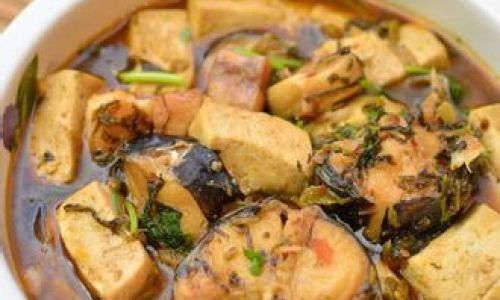
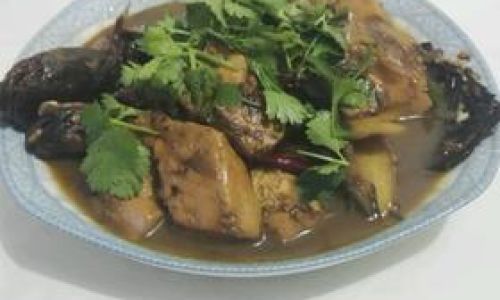
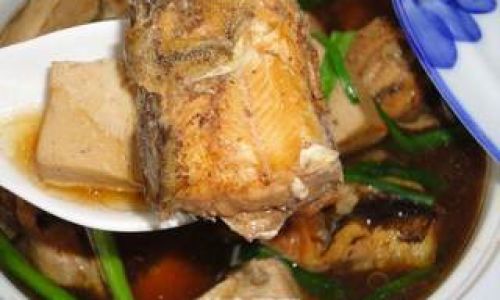
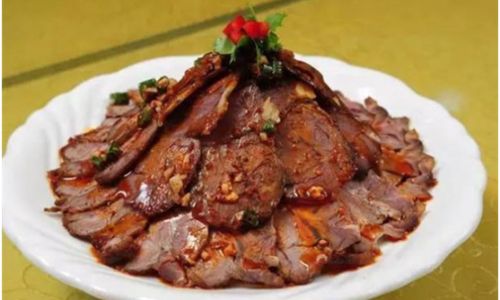
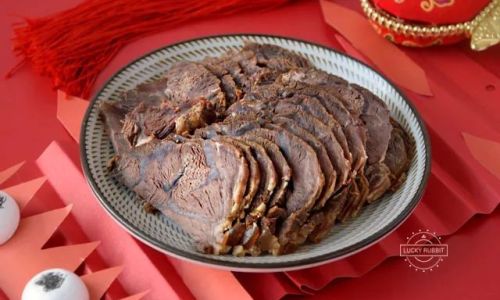
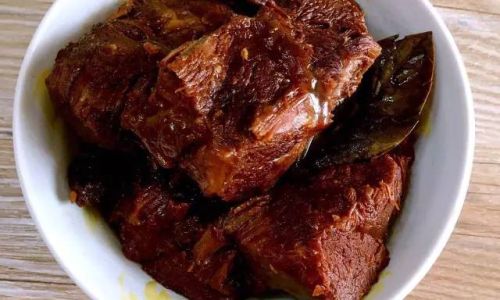
0 comments